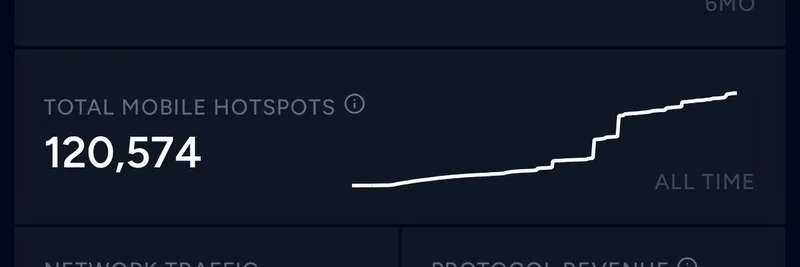In the fast-paced world of cryptocurrency, staying ahead means keeping an eye on both the opportunities and the risks. A recent tweet from BSCNews spotlighted a bombshell report from Chainalysis, uncovering that criminal networks control more than $75 billion in crypto assets. As someone who's navigated the crypto media landscape, I can tell you this isn't just big news—it's a wake-up call, especially for those of us diving into meme tokens, where scams and rug pulls lurk around every corner.
Breaking Down the $75 Billion Figure
According to the Chainalysis report, this massive sum breaks into about $15 billion held directly in wallets linked to illicit activities, with another $60 billion sitting in connected "downstream" wallets. These are addresses that receive a significant portion of their funds from shady sources, making them prime targets for law enforcement seizures.
Darknet markets—think modern-day successors to the infamous Silk Road—top the list, hoarding over $40 billion. Stolen funds from hacks make up the biggest chunk of direct criminal holdings, while scams aren't far behind. For meme token fans, this hits close to home because the meme space is notorious for quick-buck schemes like pump-and-dumps or fraudulent launches that fleece investors and funnel profits into these illicit networks.
Bitcoin Still Reigns Supreme Among Criminals
Here's a surprising twist: despite all the hype around altcoins and stablecoins, Bitcoin accounts for roughly 75% of these illicit holdings. Chainalysis points out that criminals see BTC as a reliable store of value, holding onto it longer than other assets. Stablecoins, on the other hand, are spread across multiple issuers to dodge freezes, but they're cashed out faster—95% gone within 90 days of a heist.
In the meme token ecosystem, which often runs on chains like Binance Smart Chain or Solana, this preference for Bitcoin might seem distant. But many meme scams involve converting pumped tokens into BTC or stablecoins for quick escapes, contributing to these stats.
Evolving Laundering Tactics: Mixers, Bridges, and More
Gone are the days when criminals dumped funds straight into centralized exchanges. The report shows a sharp drop—from 40% in 2022 to just 15% in 2025—in direct transfers to platforms like Binance or Coinbase. Instead, they're getting crafty with mixers (tools that jumble transactions to hide origins) and cross-chain bridges (which move assets between blockchains like Ethereum and Solana).
This shift makes tracing funds tougher, but it's particularly relevant for meme tokens. Many meme projects launch on decentralized exchanges, where anonymity reigns, and scammers use these same techniques to launder gains from rug pulls. Remember the $1.5 billion Bybit hack tied to North Korea? Hackers often hold onto stolen crypto on-chain, waiting for the heat to die down— a tactic that could apply to large-scale meme token exploits too.
What This Means for Meme Token Investors
While the report doesn't call out meme coins by name, the rise in scams as a category is telling. Meme tokens, with their viral hype and low barriers to entry, are fertile ground for fraud. Think about it: a celebrity-endorsed token pumps overnight, only for devs to drain the liquidity pool and vanish. These operations feed into the broader illicit economy Chainalysis describes.
To protect yourself in this wild west:
- Do Your Due Diligence: Check for audited smart contracts and transparent teams. Tools like RugDoc or community forums can help spot red flags.
- Use Secure Wallets: Opt for hardware wallets and enable two-factor authentication to avoid hacks.
- Stay Informed: Follow reliable sources like BSCNews or Chainalysis updates to catch emerging threats.
- Diversify Wisely: Don't go all-in on one meme; spread your bets and set stop-losses.
As governments eye these $75 billion in seizable assets—potentially building digital reserves like the proposed U.S. Bitcoin stockpile—the pressure on criminals will ramp up. This could lead to cleaner markets overall, benefiting legit meme projects that build real communities and utility.
The crypto world is maturing, but reports like this remind us that vigilance is key. Whether you're hodling your favorite dog-themed token or exploring new launches, understanding these undercurrents can help you navigate safer. What's your take on this—seen any shady meme plays lately? Share in the comments!


